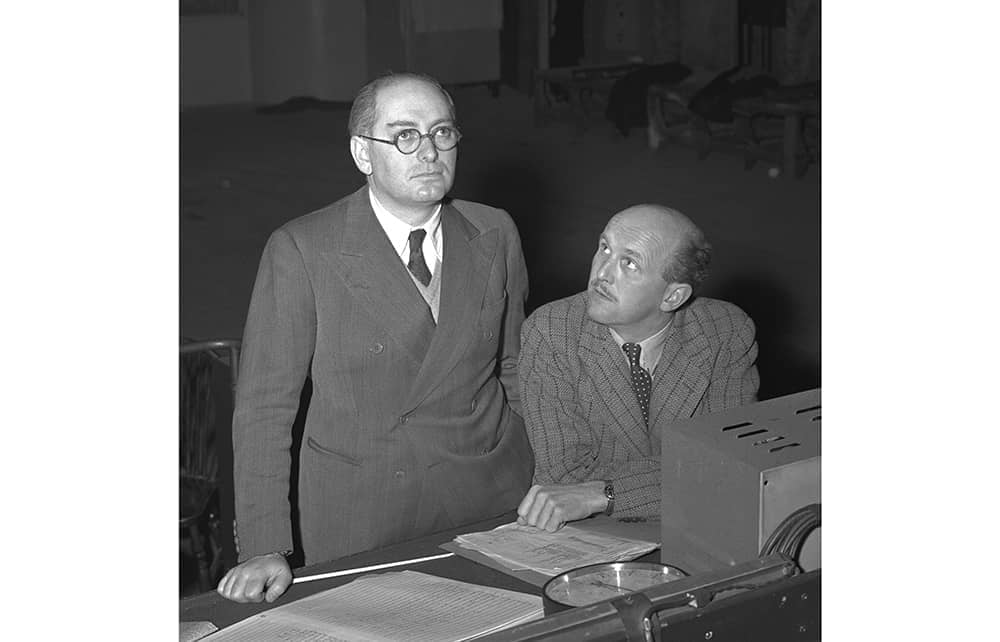Not all Germans were swayed by Hitler, but the majority were. Karl Braun, the fugitive Nazi doctor at the heart of Emeric Pressburger’s 1966 novel The Glass Pearls, was devoted to the furtherance of so-called ‘science’ under the Führer. In the interests of research he cut up the brains of a number of concentration camp inmates. His chosen victims – Jews and other ‘useless mouths’ – were crematorium fodder. Yet Braun sees himself as a decent, God-fearing family man. Undoubtedly he had to carry out unpleasant work, but does that mean he has no conscience?
Pressburger, a Hungarian-born Jewish émigré, had reason to dislike the Germans: his mother and other close relatives were murdered at Auschwitz. As a screenwriter for the British director Michael Powell, however, he sought to make a distinction always between the Nazis and the Germans. In The Life and Death of Colonel Blimp and 49th Parallel – wartime cinematic glories both – he defied the stereotype and gave us a good German officer and an anti-Nazi U-boat orderly. Braun is, if anything, a typical tüchtger-Deutsch – an ‘efficient German’ with a specialist’s tunnel vision. He views Nazism chiefly in terms of his special competence (research into human memory storage) and is thus able to ignore the moral consequences of his work.
His ability to vanish into the background allows him to pass unnoticed. Outwardly he is an innocent German refugee-turned-piano-tuner resident in 1960s London. In reality he is the Josef Mengele-like Dr Otto Reitmüller. To his neighbours in shabby (as it then was) Pimlico he seems effaced, anonymous. He falls in love with a young woman named Helen, and takes her to classical concerts at the Royal Festival Hall. Meanwhile, he contemplates escape to Latin America through one of the aptly named ‘ratlines’ – the Reich migratory routes used by Mengele, Adolf Eichmann and other Nazi criminals. In pages of noirish suspense, he stays one step ahead of his war crimes investigators.
The Glass Pearls was Pressburger’s second novel. It appeared in Britain at a moment in the mid-1960s when Anglo- Jewry still did not want to be reminded of the recent brutal past. (Having survived the Hitlerite storm, understandably British Jews wished to remain silent.) The English translation of Primo Levi’s If This is a Man, published in 1959, tellingly made little impact in Britain at the time beyond a small circle of non-Jewish enthusiasts, among them the movie actor Anthony Quayle, who in 1961 starred in a BBC Home Service radio adaptation of the book.
Half a century on, The Glass Pearls still unsettles by what Anthony Quinn, in his foreword, calls its ‘artful and chilling exactitude’. The book is not – to use that unattractive term – an example of ‘Holocaust literature’ (from the Greek, ‘holocaust’ means a sacrificial burnt offering to the gods: even by the barbarous standards of antiquity, Hitler’s genocidal war on European Jewry was not a ritual offering of victims). The Glass Pearls is a thriller. And it has enough twists and turns to keep the reader grimly absorbed.






Comments